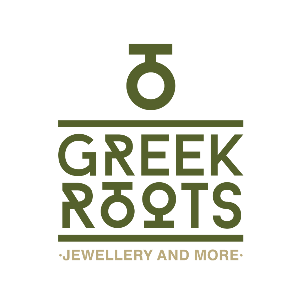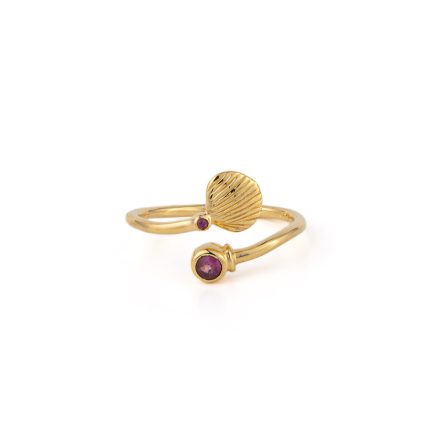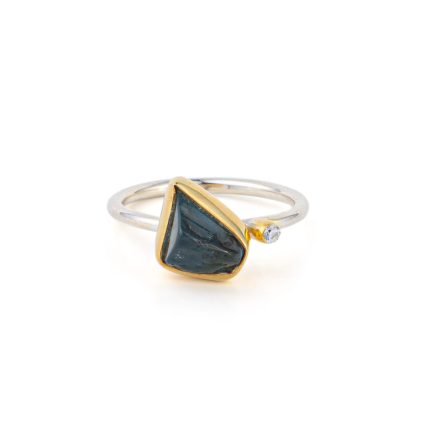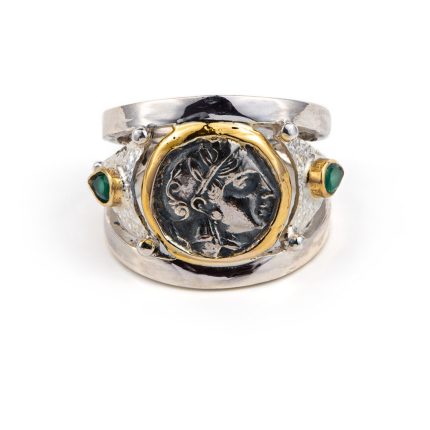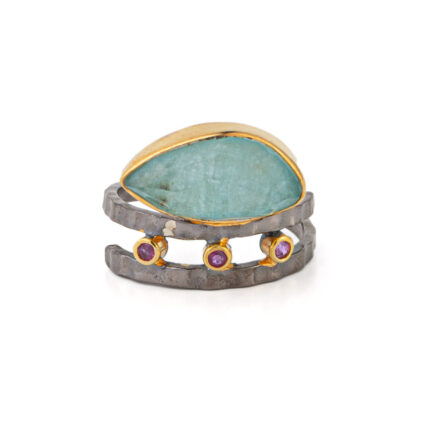Ταξινόμηση κατά
Υλικό
- 14k χρυσό και ασήμι 925 (84)
- ασήμι 925 (1277)
- ασήμι και επίχρυσο (5)
- δέρμα (21)
- επίχρυσο (663)
- ροζ χρυσό επιχρύσωμα (8)
- σμάλτο (129)
- χρυσό (387)
Σχέδιο
- Αμφορέας (7)
- Αυγό (44)
- Γάιδαρος (1)
- Ελληνικοί Ναοί (8)
- Ήλιος της Βεργίνας (26)
- Κόμπος του Ηρακλή (1)
- Κουκουβάγια (19)
- Κριάρι (4)
- Κωνσταντινάτο (22)
- Λιοντάρι (6)
- Μέδουσα (10)
- Μινωικά (23)
- Μπουζούκι (8)
- Πήγασος (4)
- Σπαρτιάτικα (24)
- Τσαρούχι (4)
- Φίδι (10)
Νόμισμα
- Αλέξανδρος ο Μέγας (61)
- Ηρακλής - Τετράδραχμο (23)
- Θεά Αθηνά (130)
- Θεός Ήλιος (8)
- Μέδουσα (2)
- Παρθενώνας (1)
- Πήγασος (11)
Λίθος
- amazonite (21)
- amethyst (10)
- apatite (21)
- aqua chalcedony (5)
- aqua marine (2)
- aquamarine (9)
- black zirconia (1)
- bloodstone (2)
- blue topaz (22)
- chalcedony (6)
- chrysocolla (1)
- citrin (2)
- coral (2)
- crystals (13)
- emerald (15)
- fildisi (25)
- garnet (10)
- geen onyx (1)
- glass engaving (3)
- green copper (6)
- green onyx (3)
- green turquoise (2)
- labradorite (1)
- lapis lazuli (39)
- larimar (3)
- lava (1)
- lemon quartz (2)
- london blue topaz (5)
- london topaz (1)
- malachite (8)
- moonstone (8)
- mother of pearl (16)
- multi stone (3)
- onyx (11)
- opal (147)
- pariba (7)
- pearl (50)
- peridot (11)
- quartz (4)
- rhodochrosite (1)
- rhodolite (2)
- rodolite (2)
- rubinite (2)
- ruby (25)
- rubyzoesite (1)
- sapphire (15)
- sodalite (4)
- swarovski (7)
- tanzanite (1)
- tiger eye (2)
- tourmaline (21)
- tsavorite (1)
- turquoise (24)
- turquoise copper (2)
- zircon (174)
Σύμβολο
Χρώμα
Φιλτράρισμα ανά τιμή
Κατάσταση αποθέματος
-15%
-15%
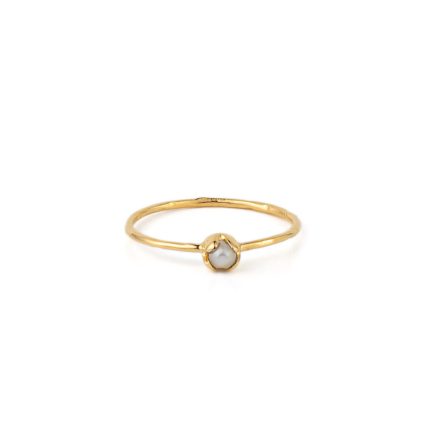
Επιλογή
Αυτό το προϊόν έχει πολλαπλές παραλλαγές. Οι επιλογές μπορούν να επιλεγούν στη σελίδα του προϊόντος
Δαχτυλίδι Βεράκι με Πέρλα – Ασήμι 925 Επιχρυσωμένο
-10%
-10%

Επιλογή
Αυτό το προϊόν έχει πολλαπλές παραλλαγές. Οι επιλογές μπορούν να επιλεγούν στη σελίδα του προϊόντος
Δαχτυλίδι με τον Ήλιο της Βεργίνας – Χρυσό 14Κ και Ασήμι 925
-15%
-15%
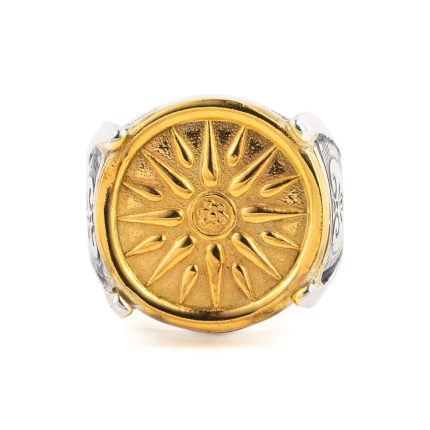
Επιλογή
Αυτό το προϊόν έχει πολλαπλές παραλλαγές. Οι επιλογές μπορούν να επιλεγούν στη σελίδα του προϊόντος
Δαχτυλίδι Ήλιος της Βεργίνας – Ασήμι και επιχρυσωμένo
-15%
-15%
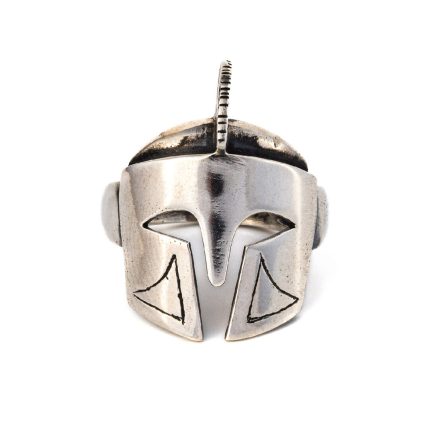
Επιλογή
Αυτό το προϊόν έχει πολλαπλές παραλλαγές. Οι επιλογές μπορούν να επιλεγούν στη σελίδα του προϊόντος
Spartan Helmet Ring – 925 Sterling Silver
-15%
-15%
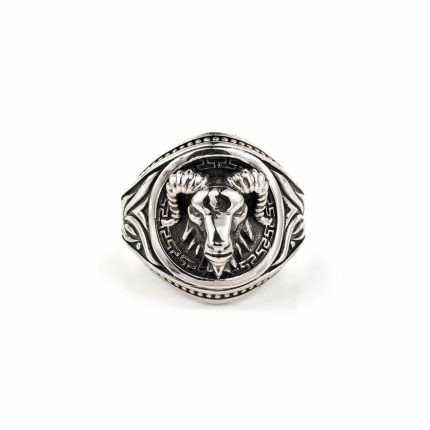
Επιλογή
Αυτό το προϊόν έχει πολλαπλές παραλλαγές. Οι επιλογές μπορούν να επιλεγούν στη σελίδα του προϊόντος
Aries Ram Head Ring Sterling Silver- Yianni Jewelry
-15%
-15%

Επιλογή
Αυτό το προϊόν έχει πολλαπλές παραλλαγές. Οι επιλογές μπορούν να επιλεγούν στη σελίδα του προϊόντος
Pegasus Ring Sterling Silver – Yianni Jewelry
-15%
-15%
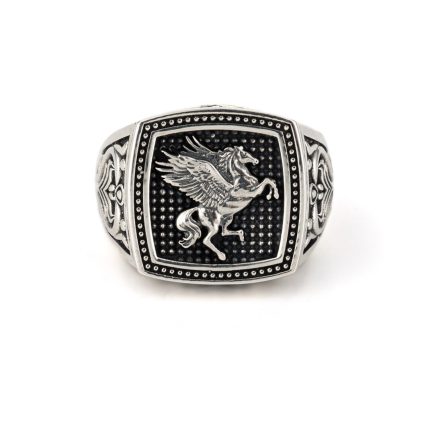
Επιλογή
Αυτό το προϊόν έχει πολλαπλές παραλλαγές. Οι επιλογές μπορούν να επιλεγούν στη σελίδα του προϊόντος
Pegasus Signet Ring Sterling Silver – Yianni Jewelry
-15%
-15%
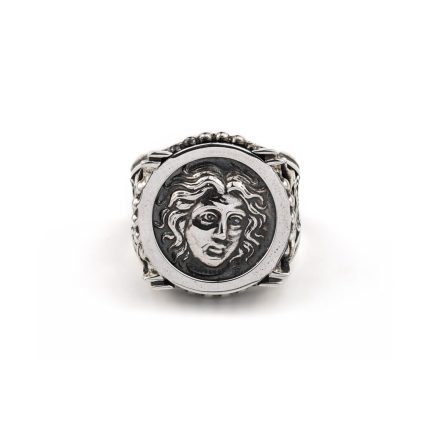
Επιλογή
Αυτό το προϊόν έχει πολλαπλές παραλλαγές. Οι επιλογές μπορούν να επιλεγούν στη σελίδα του προϊόντος
Helios Sun God Ring Sterling Silver – Yianni Jewelry
-15%
-15%
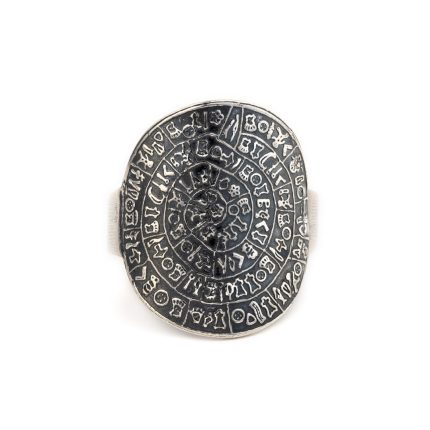
Επιλογή
Αυτό το προϊόν έχει πολλαπλές παραλλαγές. Οι επιλογές μπορούν να επιλεγούν στη σελίδα του προϊόντος
Δαχτυλίδι Φαιστός – Ασήμι 925
-15%
-15%
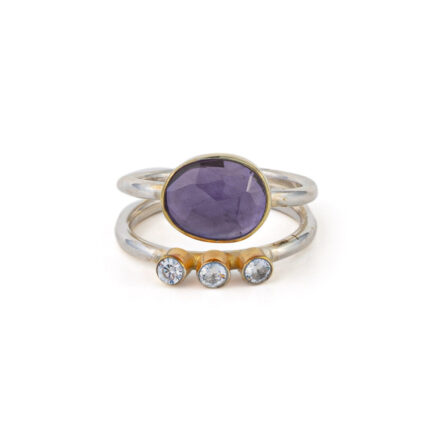
Επιλογή
Αυτό το προϊόν έχει πολλαπλές παραλλαγές. Οι επιλογές μπορούν να επιλεγούν στη σελίδα του προϊόντος
